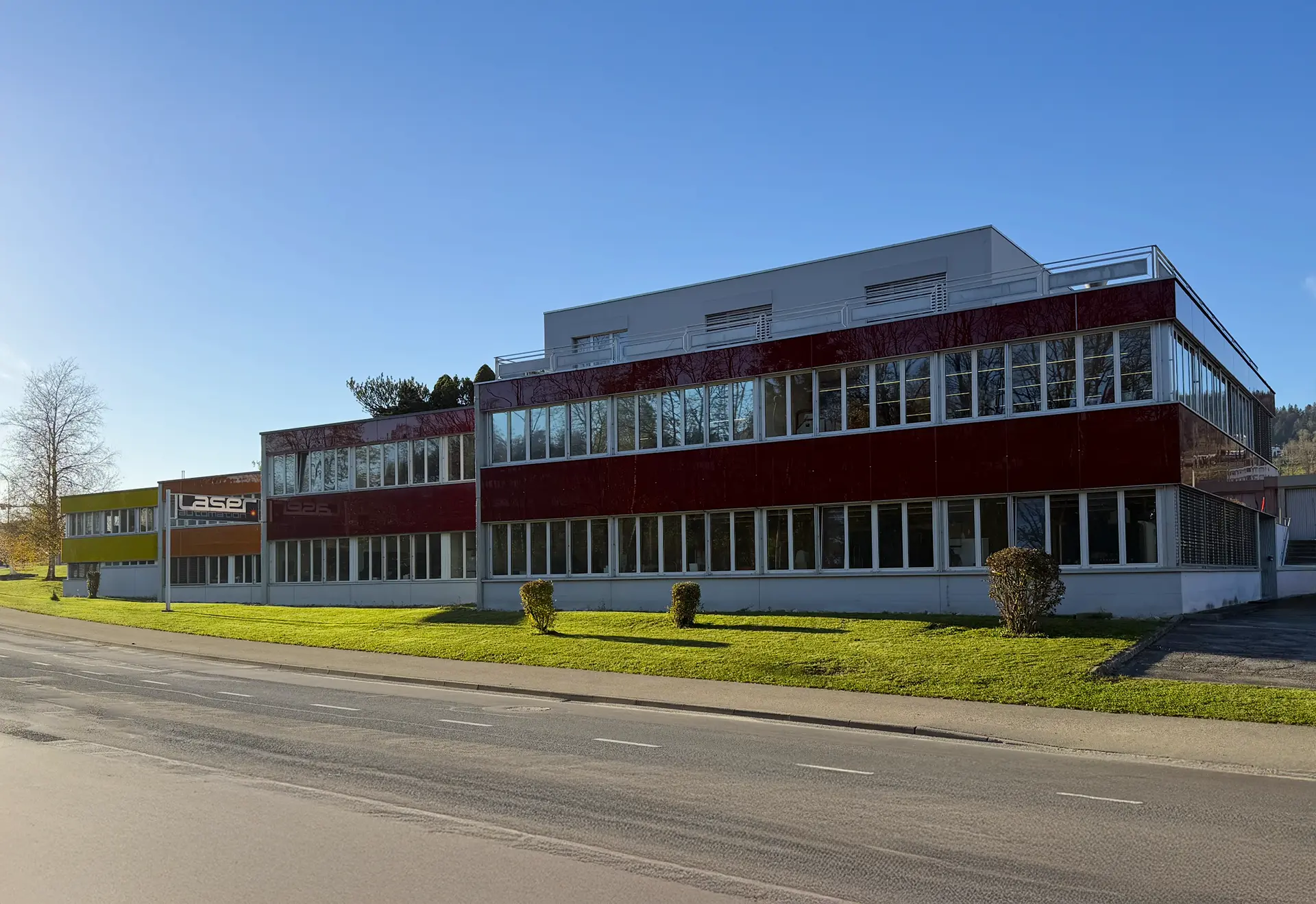
Laser Automation
Gekatronic sa
FOUNDED IN 1968, DEVELOPS LASER WELDING MACHINES FOR THE WATCHMAKING INDUSTRY, LASER-AUTOMATION GEKATRONIC SA DIVERSIFIED IN THE 80S. The company offers not only laser applications, but also subcontracting services in automation and micro-mechanics.
In 1968, Jean-Claude Kullmann, then Technical Director at Sellita, founded GEKATRONIC SA. This watchmaking engineer studied, conceptualized and built himself a machine for laser welding ferrules to balance springs for mechanical watch movements.
The innovative GEKATRON system was born, and its success was immediate. One operator and her machine are now able to produce the same quantity of balance springs as twenty former regulators.
Foundation
LASER AUTOMATION
At a time when LAG generates all its sales in the watchmaking sector, the crisis in the industry is at its worst, with machine sales at a standstill. The company reoriented its activities and began developing automation solutions.
The ROTORMAT automatic system, dedicated to assembly and welding of rotors for quartz analog watch movements, is a real success. GEKATRONIC SA becomes Laser Automation Gekatronic SA (LAG) in order to highlight its skills.
BIRTH OF
LASER AUTOMATION
OF ACTIVITIES
The sons of Jean-Claude Kullmann take office. Jean-Christophe Kullmann becomes marketing & sales director. Gilles Kullmann is hired as technical director. While the watch industry is still faltering, the watchword is diversification of activities.
The first stent manufacturing tests are convincing and LAG obtains its ISO 9001 / ISO 13485 certifications.
DIVERSIFICATION
OF ACTIVITIES
By the turn of the century, more than 80,000 stents were produced each year. Jean-Claude Kullmann takes a well-deserved retirement after thirty-two years as Managing Director.
After more than fifteen years, the stent market, mainly export-oriented, was lost due to the fall in the value of the Euro and the Dollar against the Swiss Franc.
MEDICAL FIELD
INDUSTRY
Alongside the design of new generations of laser machines (marking, cutting, welding), LAG develops micromechanical finishing and machining operations.
Thanks to its versatility and know-how, the company has made a brilliant comeback in the watchmaking industry.
BACK TO WATCHMAKING
INDUSTRY
THE BUSINESS
Julien Kullmann (finance and logistics) followed by Jeremy Kullmann (marketing-sales and HR), both sons of Jean-Christophe Kullmann, joined the company to ensure its long-term future.
Its premises had become too cramped, and LAG submitted a building project to increase its production area.